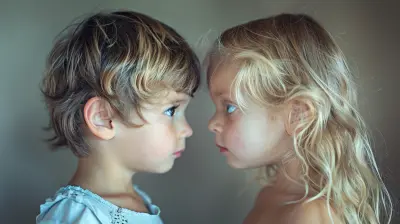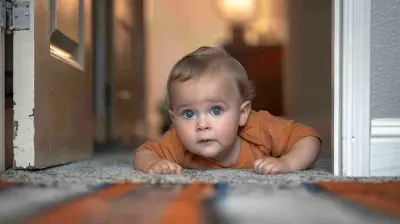Imaginative Play and Its Impact on Toddler Milestones
19 July 2025
You know that moment when your toddler grabs a banana and starts chatting into it like it’s the latest iPhone? Or builds an entire zoo out of blocks, complete with a lion who needs a bedtime story? That, my friend, is imaginative play in action — and believe it or not, it’s not just adorable. It’s absolutely crucial to your little one’s development.
A child’s world is built on a foundation of make-believe. And as dreamy or chaotic as it may seem, this kind of play is shaping real-life growth. From language development to emotional regulation, imaginative play does wonders for toddlers. So, let’s break it all down.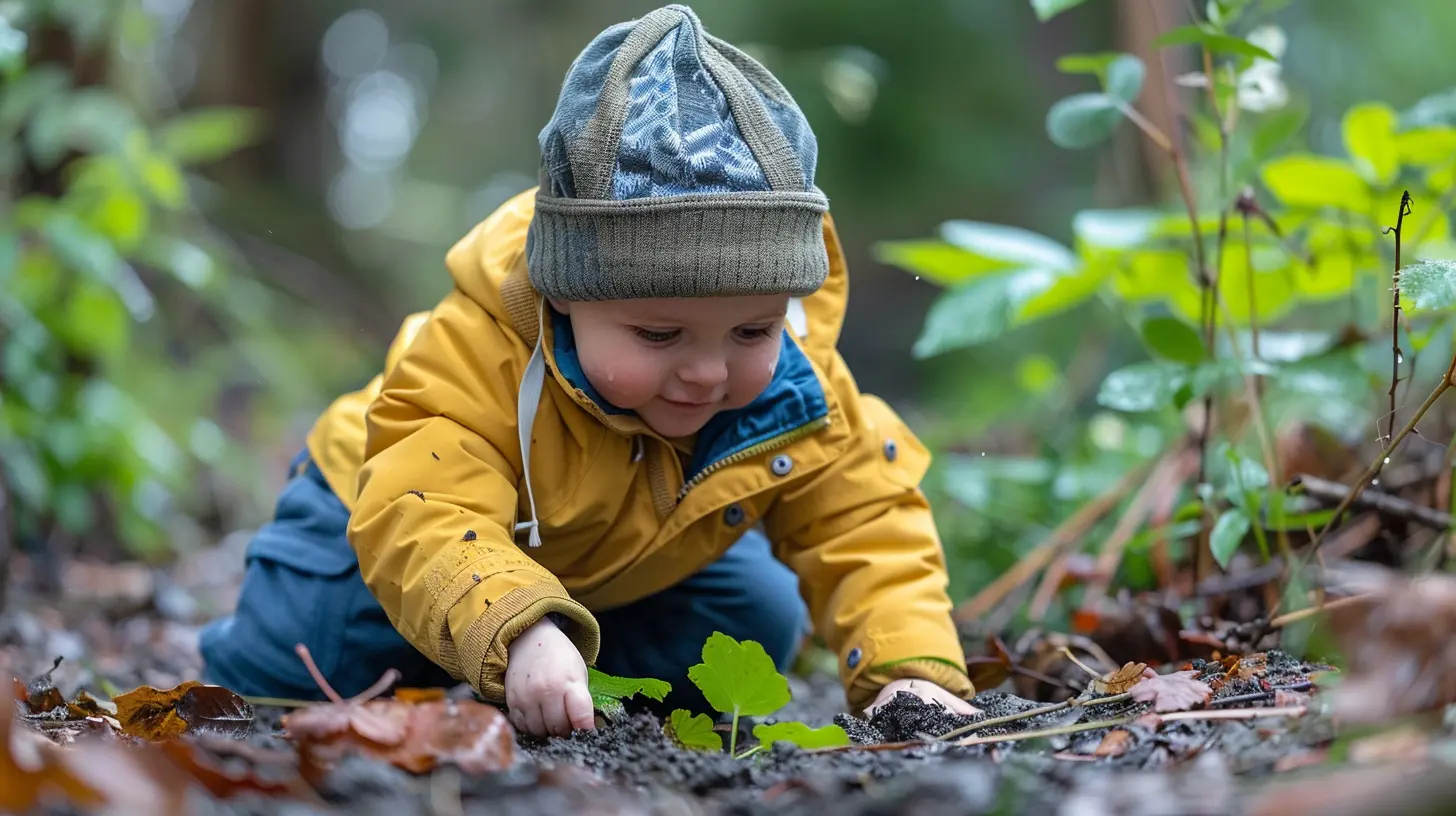
What Exactly Is Imaginative Play?
Imaginative play (also called pretend play or make-believe play) is when your toddler uses their imagination to role-play scenarios. They might pretend to be a doctor fixing up a teddy bear, a chef whipping up invisible pancakes, or a superhero flying around the house.Here’s the magic: during this type of play, toddlers are using symbols — like using a spoon as a microphone — to represent something else. And guess what? That’s a huge cognitive leap!
When Does Imaginative Play Start?
Most toddlers start dabbling in pretend play around 18 to 24 months, and it really takes off by age 3. At first, it might be as simple as feeding a doll. But soon enough, they’re acting out full-blown tea parties with plot twists worthy of an Oscar.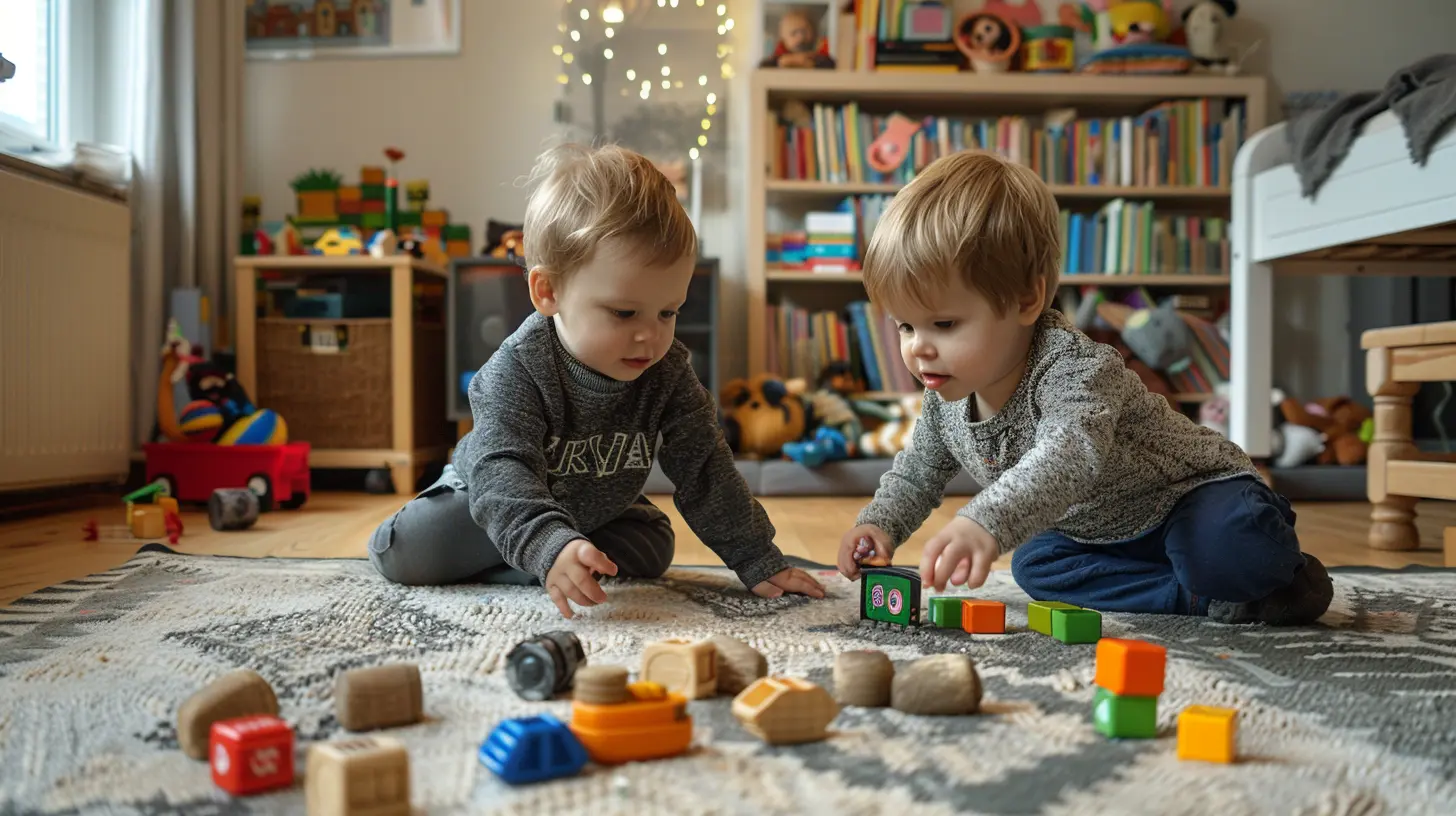
How Imaginative Play Fuels Toddler Milestones
Let’s get into the nitty-gritty of how this type of play supports toddler development across the board. Spoiler: it touches nearly every major milestone.1. 🚀 Language Development Takes Off
Have you ever eavesdropped on your little one pretending to be a firefighter? You might catch them using words or phrases you've never heard them say before. That’s the power of pretend.Imaginative play helps toddlers:
- Expand their vocabulary
- Practice sentence structure
- Use expressive language
- Learn turn-taking in conversations
It’s like a rehearsal for real-world communication. When they talk to their stuffed animals or give voice to action figures, they’re developing conversational skills without even realizing it.
2. 🧠 Cognitive Skills Get a Serious Workout
Here’s the cool part: when toddlers engage in imaginative play, they're solving problems, planning scenarios, and making decisions—basically, laying the foundation for executive function.For instance, if their “restaurant” runs out of pretend food, how do they restock? Or if a block tower crashes mid-play, how do they rebuild it better?
Through imaginary scenarios, kids learn to:
- Think critically
- Sequence events
- Make and follow rules
- Use memory and prediction
Every pretend adventure is a mini strategy session, quietly building the cognitive muscles that will help them through school and life.
3. 💃 Physical Development (Yes, Really!)
Pretend play isn’t just a mental sport — it's physical, too! Whether they’re dancing like ballerinas or leaping like jungle animals, their little bodies are on the move.Imaginative play helps toddlers:
- Improve fine motor skills (buttoning doll clothes, placing puzzle pieces)
- Strengthen gross motor skills (running, jumping, pretending to fly)
- Develop hand-eye coordination
Plus, it’s an easy way to get toddlers moving without having to convince them — because when you're a pirate on a treasure hunt, movement comes naturally!
4. 💓 Emotional Intelligence Blossoms
Toddlers are beginning to understand the big, beautiful, messy world of feelings. Imaginative play lets them try those feelings on for size — whether they’re pretending to feel scared, happy, sad, or brave.Being a character in a story allows them to step outside themselves and explore:
- Empathy (“My teddy is sad. I’ll give him a hug.”)
- Self-soothing (“The monster is gone now. I’ll go to sleep.”)
- Emotional expression (“I’m the boss!”)
It’s like emotional dress-up. They explore how others feel and how they feel about those feelings. Honestly, it’s therapy in toddler terms.
5. 👯 Social Skills Grow Through Shared World-Building
When toddlers play pretend with others — whether it’s a sibling, a friend at daycare, or even you — they learn the basics of social interaction.They practice:
- Cooperation
- Negotiation
- Conflict resolution
- Taking turns
Do they always get it right? Of course not. You'll probably witness a fair share of meltdowns over who gets the “magic wand.” But each mini conflict helps your child build the skills they’ll need for future friendships and relationships.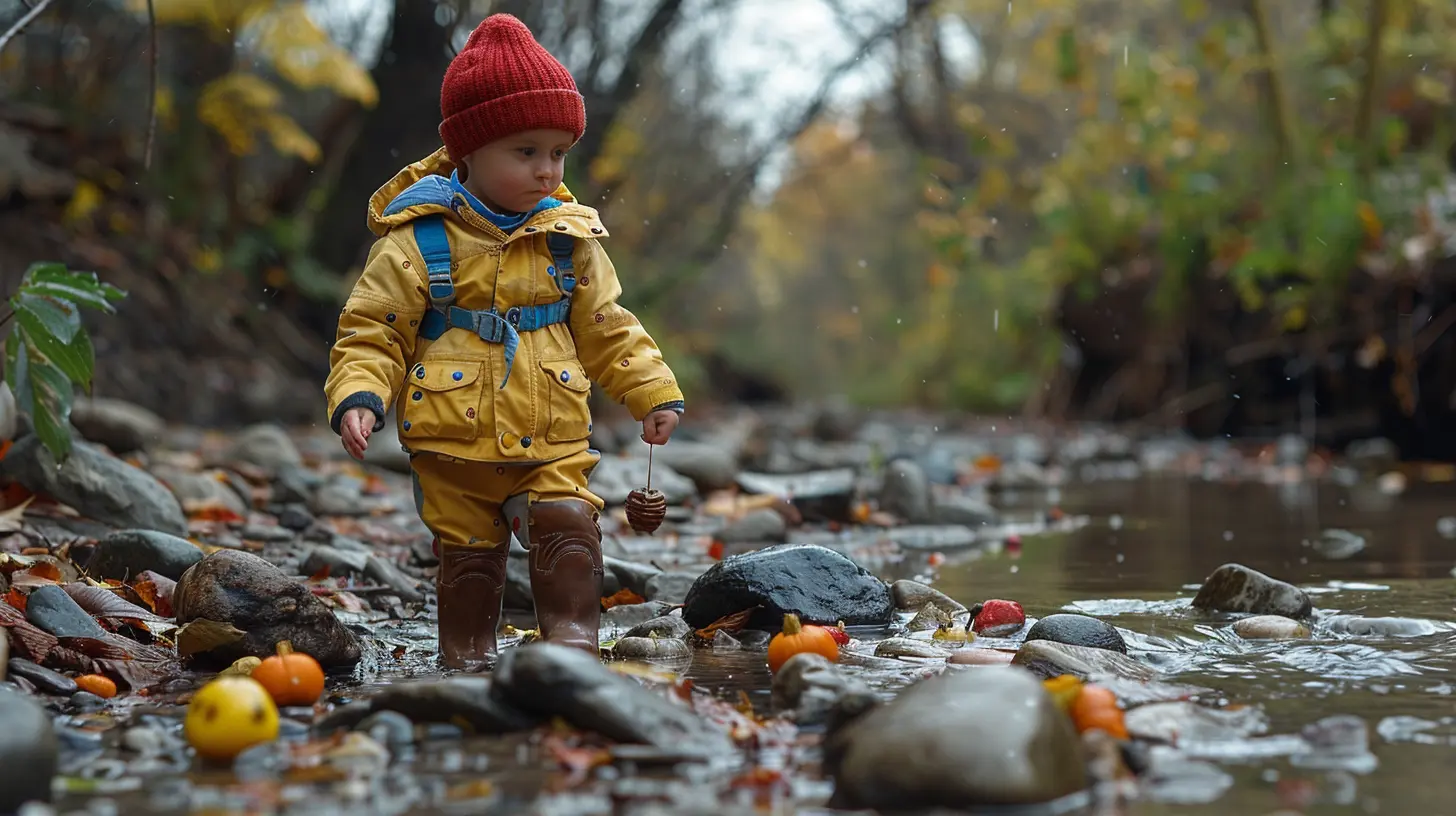
Real-Life Examples of Imaginative Play Boosting Milestones
Let’s zoom in on a few everyday examples that show just how powerful this form of play can be.- The Tea Party Host
Your toddler sets up a tea party with mismatched cups and plush guests. She asks everyone what kind of tea they want (language), pours with care (fine motor skills), calms her crying teddy (empathy), and invites you to play (social interaction).
- The Rescue Mission
Your little guy builds a block tower, dubs it a burning building, then "saves" his toy cars one by one. He’s using planning (cognitive), movement (gross motor), and acting out bravery even if he's usually timid.
- The Grocery Store Boss
Using canned goods and a paper bag, your toddler becomes a shopkeeper. They organize items (categorizing), price them (early math), and ring you up with a “Cha-ching!” (language, imagination, memory).
These aren’t just cute moments — they’re developmental gold.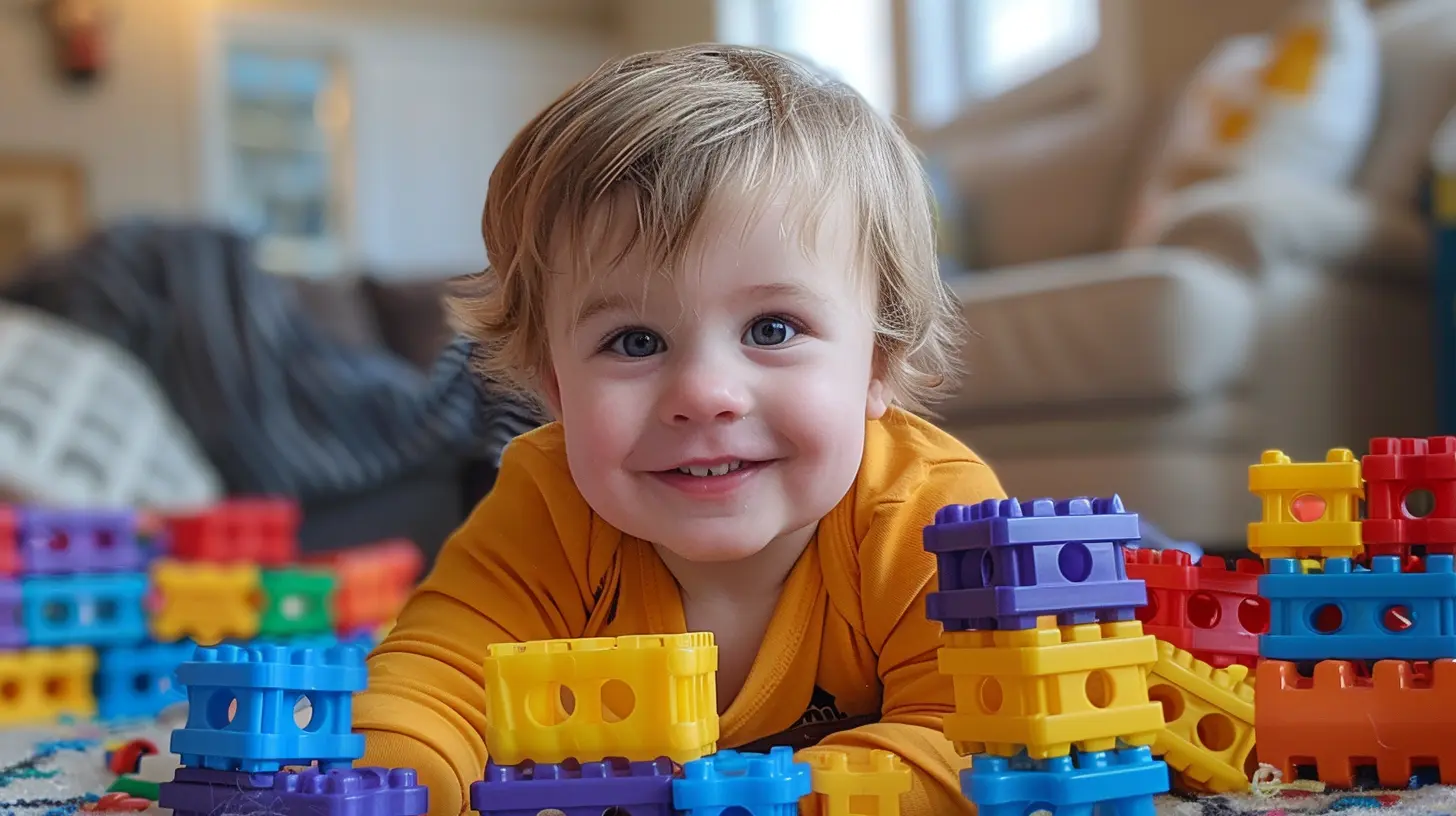
How You Can Support Imaginative Play at Home
So now you’re probably wondering, “Okay, how do I encourage this kind of play without going on a toy shopping spree?” Good news: you don’t need a Pinterest-perfect playroom.1. Offer Open-Ended Toys
Go for things that can be used in a million different ways:- Blocks
- Scarves/fabric
- Dolls/figurines
- Toy kitchen sets
- Cardboard boxes (a classic!)
The less the toy does, the more your child’s imagination has to do. That’s the goal!
2. Create Space and Time
You don’t need tons of room, but carve out a little corner where your child can “get into character.” More importantly, give them time. Real imaginative play doesn’t happen on a five-minute timer. Try to leave chunks of the day unscheduled so your toddler can dive deep into their fantasy worlds.3. Join the Fun (Sometimes)
You don’t have to always be “on” — but occasionally, hop into their world. Be a patient in their hospital. Order a slice of their invisible pizza. Let them lead! When you follow their cues, you’re boosting their confidence and modeling social responses.4. Avoid Over-Scripting
TV shows and toys with rigid storylines can limit how much a child imagines. Try not to fill in all the gaps. Let your toddler decide that the spoon is a dragon or that the laundry basket is a rocket ship. The less defined things are, the more room there is for magic.When Should You Be Concerned?
Every child has their own pace, so don’t panic if your toddler isn’t building elaborate pretend cities just yet. However, keep an eye on a few red flags:- Lack of interest in pretend play by age 3
- Repetitive play without variation
- Difficulty understanding symbolic representations
- No engagement in social play with adults or peers
If you're worried, bring it up with your pediatrician or a child development specialist. Sometimes, delayed pretend play can be an early sign of developmental concerns — but early support can make all the difference.
Final Thoughts: Imagination Is Everything
At its core, imaginative play is how toddlers make sense of the world. It’s where they test out ideas, explore emotions, and stretch their creative muscles. In a world that often rushes toward academics and structure, imaginative play is the slow, beautiful work of childhood.As parents, we don’t need fancy programs or expensive toys. We just need to leave space for silliness, stories, and make-believe moments. So next time you see your toddler using the cat as a customer in their hair salon, take a breath, smile, and remember: this is play with a purpose.
all images in this post were generated using AI tools
Category:
Toddler MilestonesAuthor:

Karen Hurst
Discussion
rate this article
2 comments
Caleb Stone
Imaginative play is not just fun; it's a vital catalyst for cognitive growth, emotional intelligence, and social skills—laying the foundation for a child's future resilience.
November 7, 2025 at 3:45 AM
Xeno McAllister
Fuel creativity, spark growth!
July 26, 2025 at 3:01 AM

Karen Hurst
Thank you! Imaginative play truly ignites creativity and supports essential growth in toddlers.

